Naturalist
All posts
Colors of the West: En Plein Air - Oct 24

Join us October 24, at 7pm for the next Mountaineers Books Web Series event with Molly Hashimoto, author of the new book Colors of the West: An Artist’s Guide to Nature’s Palette. Molly is an award-winning artist and art teacher. In her book, Molly explains techniques for creating successful watercolor paintings en plein air, a French term meaning literally “in the open air.” Read more…
Introduction to Hiking - Oct 16 in Issaquah
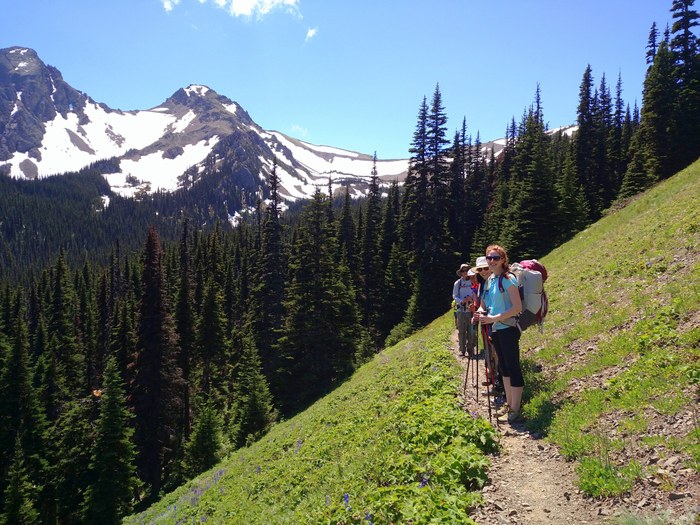
Are you new to the Pacific Northwest and to giving hiking/backpacking a try for the first time? If you're not sure where to go, how to find compatible people to go with, what gear you need, or how to do it safely, join us on Monday, October 16 for a free seminar. Read more…
Webinar: A Sideways Look at Clouds - September 21
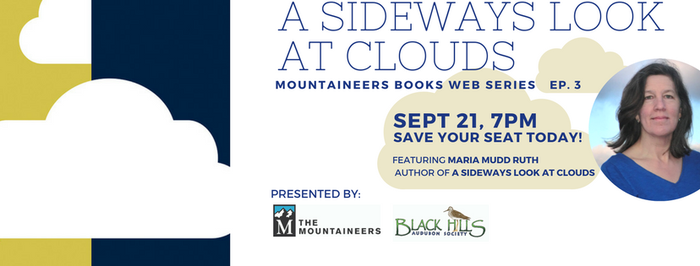
Join us on September 21 for the next Mountaineers Books Web Series episode with author Maria Mudd Ruth. Maria calls herself an accidental naturalist and has written more than a dozen books about natural wonders that have, one, fascinated her and, two, she became obsessed with learning about. Maria’s new book, A Sideways Look at Clouds, shares her curiosity about clouds and what she’s learned about them—why there are so many variations, what they tell us, how far away they are, and why they are even there, among much more. Read more…
Photography Hikes During August 2017
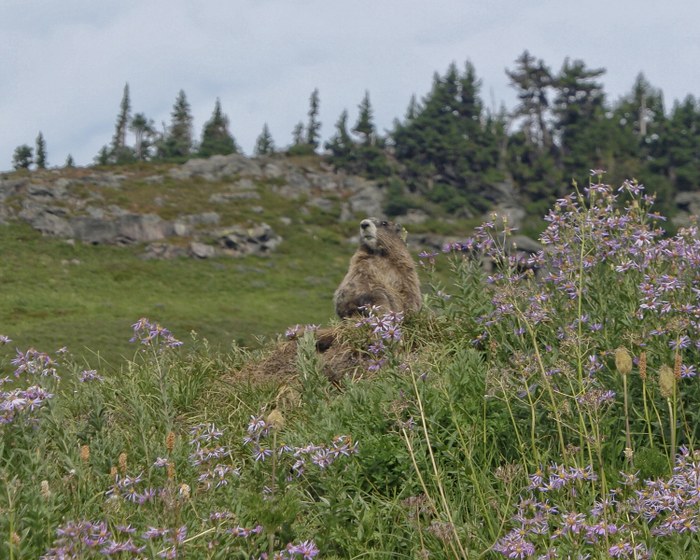
At The Mountaineers, we love to hike! For members of our photography committee, we typically plan shorter, easier hikes to accomodate plenty of time to photograph nature. We took two hikes during the month of August 2017. Read more…
Circumambulating Lake Washington
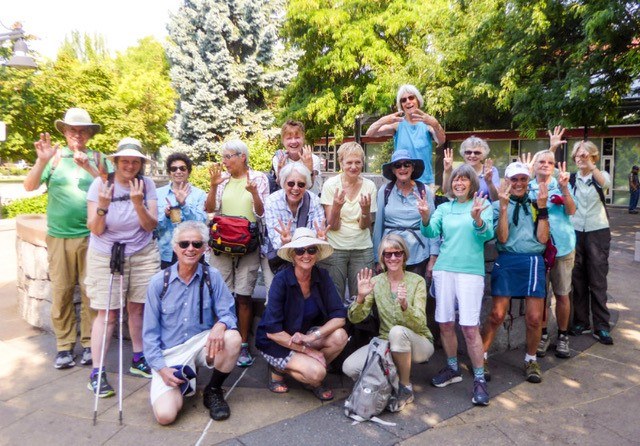
On March 8, 2017, Seattle Hike Leaders Kathy Biever and Julie Miller set out on the first of seven urban hikes to complete a circuit around Lake Washington. Their fun summer journey will be complete on September 6. Read more…
Find a Park, Drink Wine, Get a Discount - Sept 14
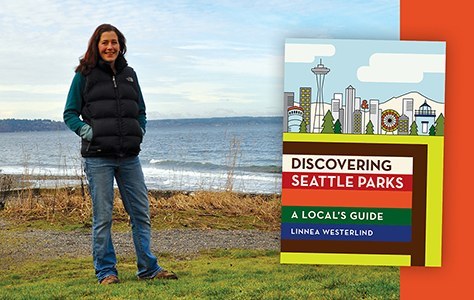
Fjallraven, a new outdoor clothing and gear brand in the Northwest, and Canoe Ridge Vineyard, a Seattle-based winery, are anxious to meet Mountaineers, show you what they offer, and give you a big discount - all while you learn about Seattle parks that you've probably never heard of. Read more…
Five Great Books For A Fresh Perspective in August
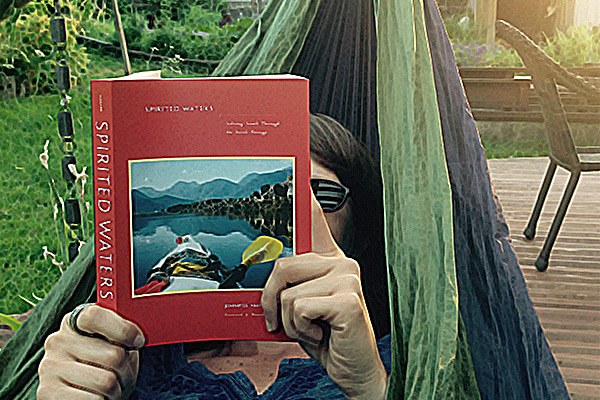
Although my bookshelf overflows with well-thumbed copies of our where-to hiking guides, these stories and how-to titles have each offered me a different way of seeing the world. Read more…
Following the 2017 “Super Bloom”
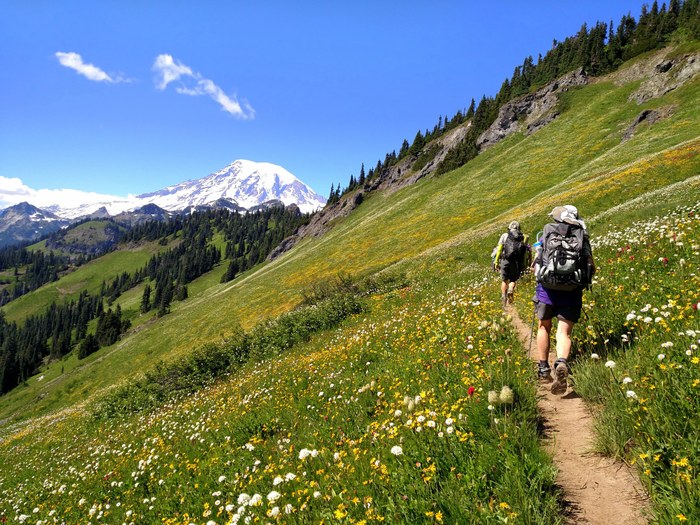
I’m not much interested in the names of flowers and plants, but I am a science geek and love to know the WHY of things. So as everyone's photos began to illustrate a dramatic, exuberant wildflower year on our trails this spring and early summer, I spent a little time seeking out what I could learn about the cause of the phenomenon – actually known in technical parlance as a ‘super bloom’[1]. Read more…
The Seeds of Thor

If you have breakfast at Thor Hanson’ home in the San Juans, you will experience the amazing variety of seeds: wheat in your pancakes, cotton for your pajamas, pepper in your bacon, jam from strawberries, and of course that most stimulating of seed brews – coffee. Read more…
Western Bluebirds - A Reintroduction
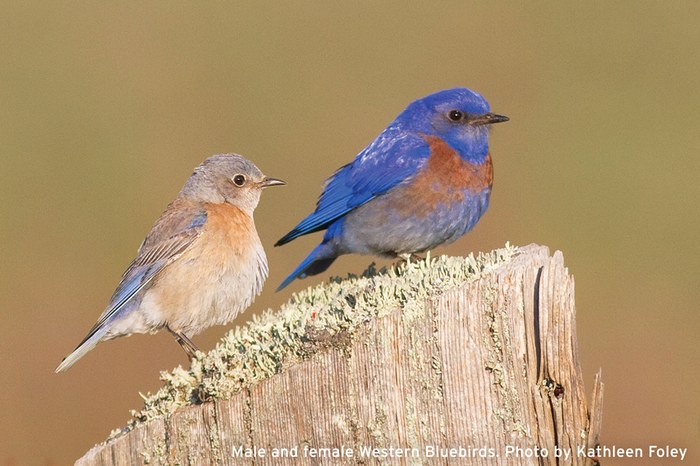
Prairie savannas dotted with Garry oak trees — the only native oak species in Washington, Oregon, and British Columbia — used to be common throughout the Puget trough, including the San Juan Islands. As human development and Douglas fir have encroached, this unique ecosystem has shrunk to less than five percent of its historic range in this area, and birds like the Western bluebird, that need open spaces, have disappeared along with it. Read more…
Art's Picks: Five Favorite Books

Mountaineers Books has about 700 titles in print, and many of them are wonderful. This month Art Freeman, the publisher’s Chief Financial Officer, recommends five of his all-time favorite titles. Art is an avid skier, hiker, sailor, and climber, who has completed the Washington Bulger List of 100 highest mountains in the state. When he’s not playing outside, he has a book in his hands. Read more…
Get Outside with the Photography Committee
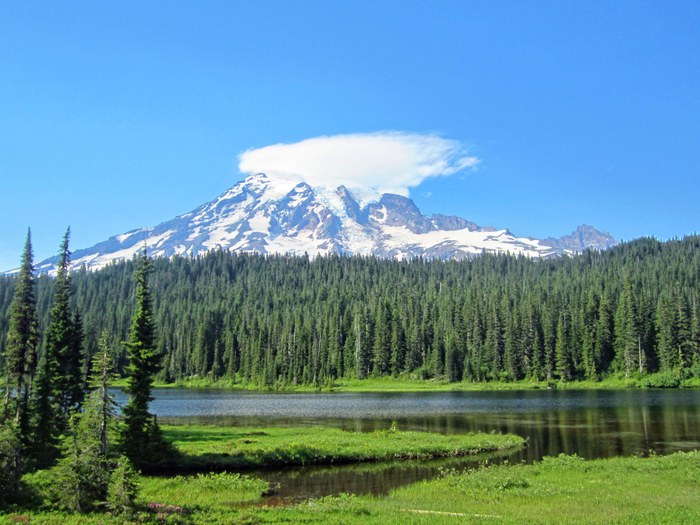
We go outside to find inspiration, and the experience is even richer when we can capture beautiful images of the places where we play. If you're looking to get outside and while taking your photography skills to the next level, check out these upcoming courses from our Photography Committee. Read more…
Become a Northwest Naturalist
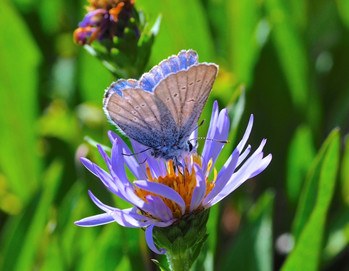
Our Introduction to the Natural World course is designed for hikers, climbers, photographers, scramblers, and conservationists who want to learn more about the mountains they enjoy. Read more…
Life rises from ash at Mount St. Helens

Even after 34 years, the process of plant recolonization is still going on at Mount St. Helens. To go from moonscape to
forested landscape is a long process, and scientist John Bishop finds it “wondrous.” John, an ecologist and professor at Washington State University’s School of Biological Sciences, Vancouver, has been conducting research at the national monument for 25 years, starting as a grad student. He says his initial focus was evolutionary genetics. What better place to study than a landscape that was almost biblical: it was ripe for any kind of evolution. Read more…
How To: Implement Low-Impact Recreation Skills
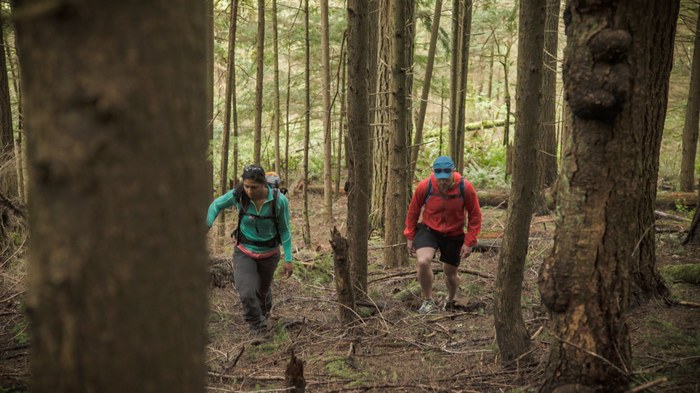
At The Mountaineers, we've believe venturing into the outdoors is an essential piece of the human experience. It's important to implement low-impact recreation skills to keep our wild places as sanctuaries for the human spirit. Read more…
How To: Reduce Your Backcountry Bathroom Use Impact
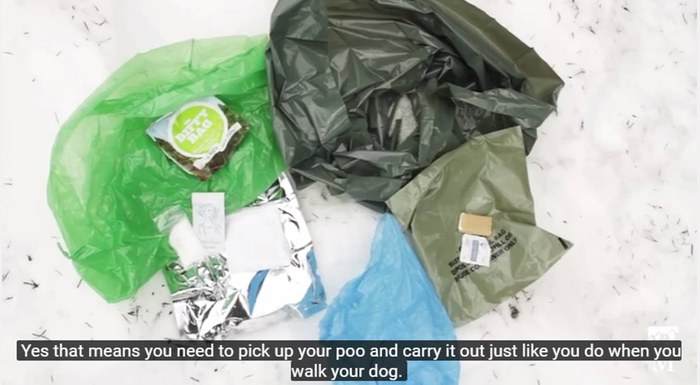
At The Mountaineers, we've believe venturing into the outdoors is an essential piece of the human experience. It's important to implement low-impact recreation skills to keep our wild places as sanctuaries for the human spirit. Read more…
How To: Reduce Your Backcountry Camping Impact
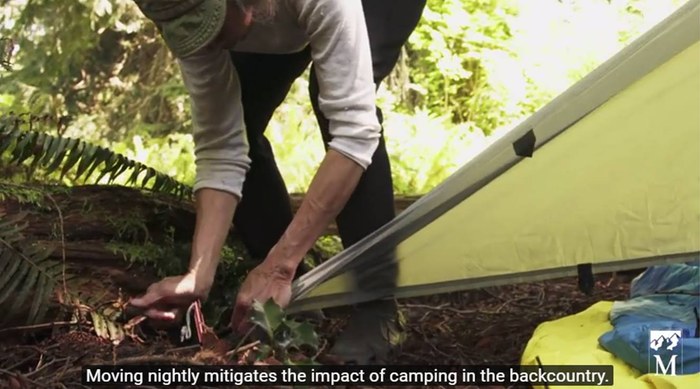
At The Mountaineers, we've believe venturing into the outdoors is an essential piece of the human experience. It's important to implement low-impact recreation skills to keep our wild places as sanctuaries for the human spirit. Read more…
The Wild Nearby, on exhibit at The Burke
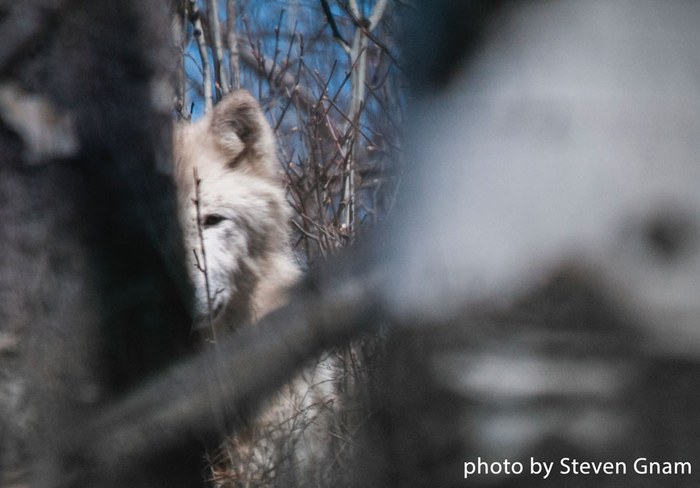
Few places on earth rival the rugged beauty and biological diversity of Washington state’s North Cascades mountain range. Read more…
How To: Reduce Your Backcountry Eating Impact
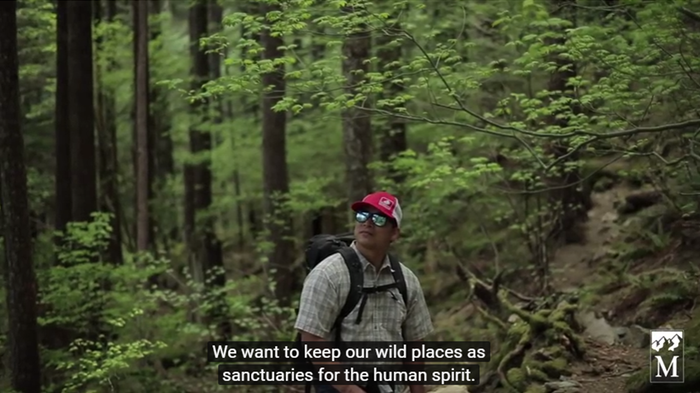
At The Mountaineers, we've believe venturing into the outdoors is an essential piece of the human experience. It's important to implement low-impact recreation skills to keep our wild places as sanctuaries for the human spirit. Read more…
How To: Reduce Your Backcountry Travel Impact
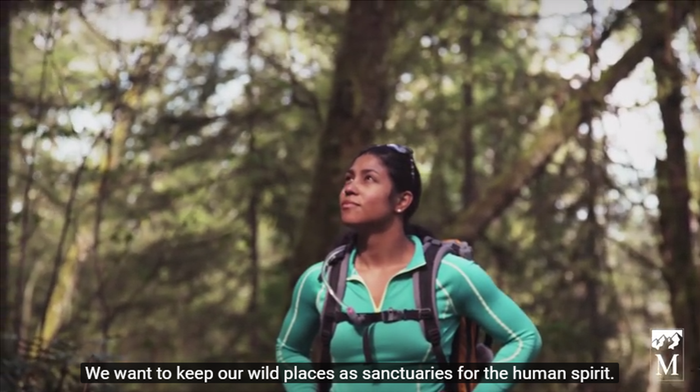
At The Mountaineers, we've believe venturing into the outdoors is an essential piece of the human experience. It's important to implement low-impact recreation skills to keep our wild places as sanctuaries for the human spirit. Read more…
Photography Road Trip to SW Washington
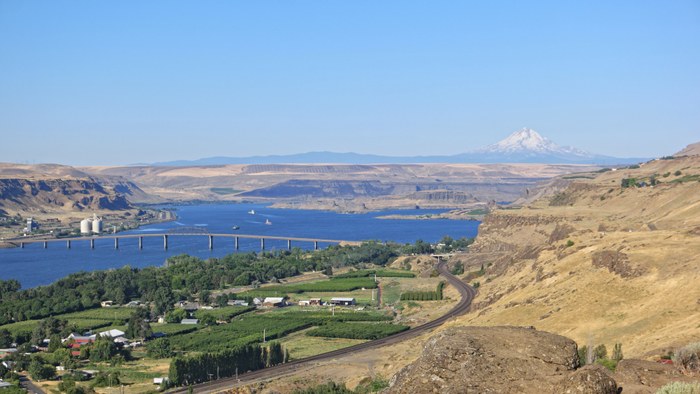
As I mentioned in a previous blog post, I lead photography trips that have minimal walking until I get my knees replaced (which should happen in the next year!). Read more…
Hiking Every Island (well almost all of them)
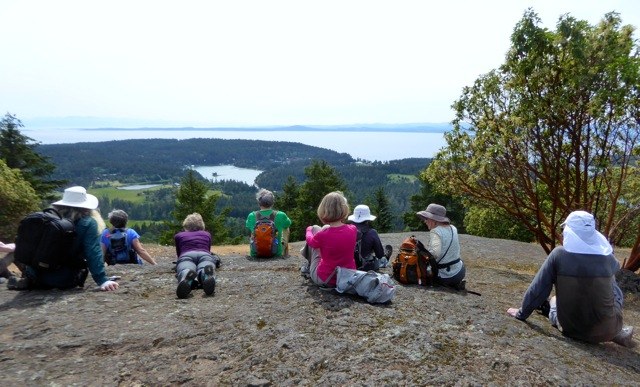
If you have been looking through our day hikes for the past few years, you've probably clicked on a hike that was part of the Island Hike Series. These trips varied in mileage and location, but were united by the common common theme of exploring new island trails (and having a ton of fun while doing so). Read more…
How To: Prevent and Treat Heat Related Illness
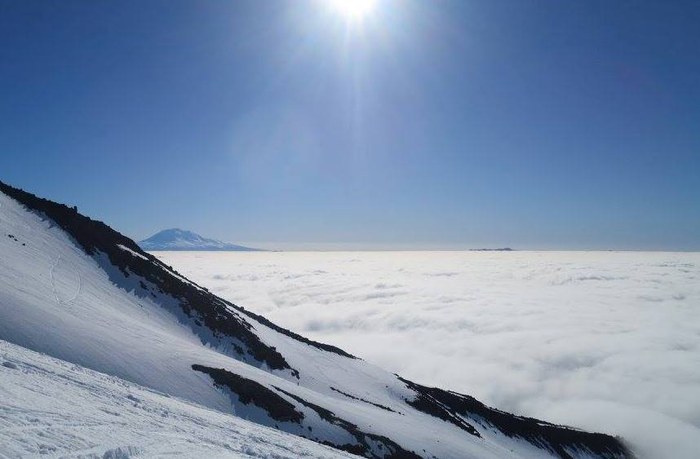
June was an interesting month in the mountains. We had “June-uary” conditions, giving us lots of new snow, rain, and wind. We also had scorchingly high temperatures with places like Leavenworth and Vantage reaching close to 100°F. As we progress through the summer, we need to be mindful of the dangers on these hot, sunny days - even if we are out on snow or a glacier. Read more…
Be An Outdoor Ambassador: How To Implement Low-Impact Recreation Skills
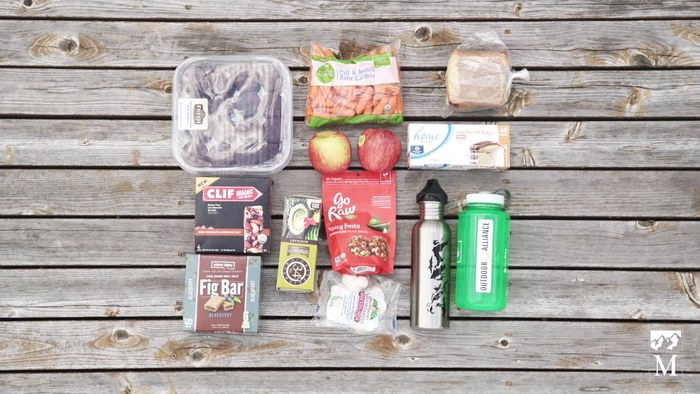
At The Mountaineers, we've believe venturing into the outdoors is an essential piece of the human experience. We go outside to wander and explore the adventurous spirit within ourselves. It's important to implement low-impact recreation skills to keep our wild places as sanctuaries for the human spirit; so our grandchildren can experience the sensation of discovering an untouched place. Read more…
Enjoying Nature With Physical Limitations
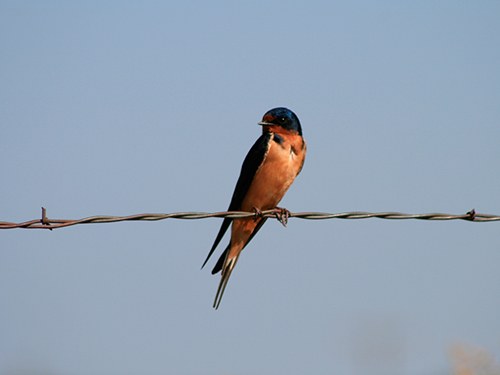
Getting outside and enjoying nature doesn't just mean going on hikes, backpacking, climbing, etc. As some of us age, it's not as easy to do those things, as much as we want to (and enjoyed them previously). For me, it can be something as simple as walking through a park while photographing what I see and identifying plants, birds (by sound), and animals. Read more…
Sunglasses: An Easily Overlooked Essential
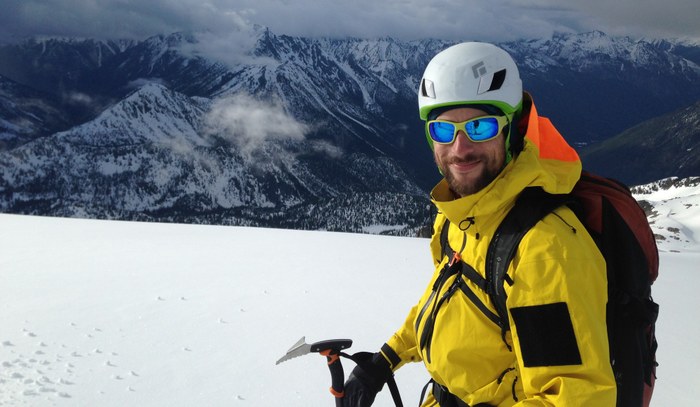
With the awesome weather and sunny days we've had lately, it’s hard to think anyone would go outside without a pair of sunglasses handy. But on cloudier days or early morning alpine-starts, it's easy to forget shades in your car or tent. Sunglasses aren’t usually at the forefront of your mind at 2am when the wind's howling and you're trying to buckle your crampons. However, forgetting this vital bit of gear can be as bad as forgetting your ice axe on a glacier or your cams on a rock wall. Read more…
National Parks Week
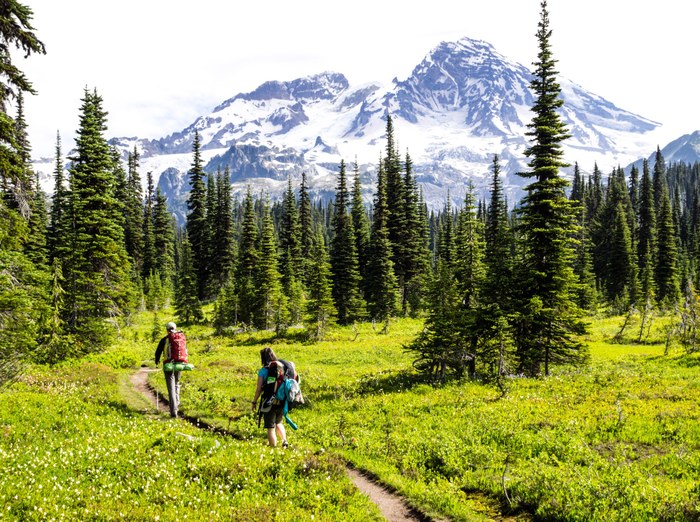
Happy National Park Week! This April 16-24 we celebrate National Park Week by about making connections, exploring amazing places, and discovering open spaces in our National Parks. To help you celebrate, the National Park Service is giving you free entry to National Parks this week! Read more…
How To: Manage the Risks of River/Creek Crossings
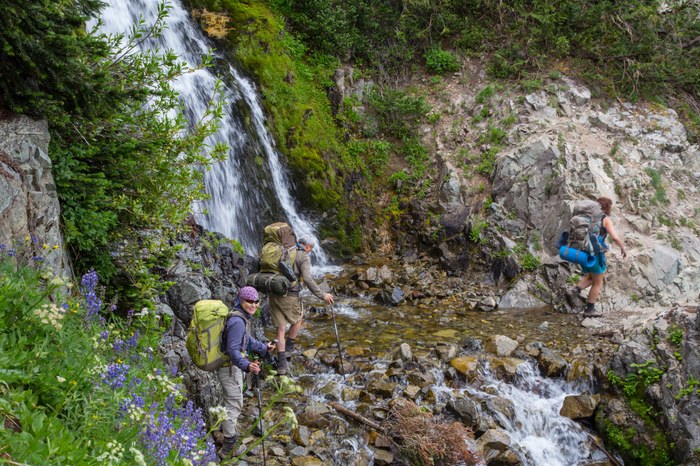
As the weather gets warmer and winter snow melts away, more of us are heading outside. And as the snow melts, it leaves us with a sometimes a challenging obstacle: water. In the Cascades, it doesn't matter if you are a hiker, scrambler, or climber, eventually you'll have to deal with a water crossing. It could be a small trickle or a rushing river. It's not a matter of if, but when, you'll encounter this obstacle.
This article was updated in May 2018.
Historical Perspective
A few years ago, a Mountaineers group was headed to climb Sahale Peak. The team was crossing a small drainage in the area between Midas and Morning Star Creek - two of the main creeks that flow out of the Quien Sabe Glacier below Sahale - when one of the climbers slipped and hit her face on the rock in the creek. This caused a small laceration, just under the right eye, and swelling around the area, as well as a headache, slight dizziness, and swelling. The trip leader decided to cancel the climb and turn around at this time. The group headed back to the cars and the injured climber was taken to the hospital for medical evaluation. Luckily, she sustained no fractures or head injury, but she did have a nasty black eye.
This incident shows how something seemingly simple, like crossing a small trickle of water, can be detrimental to the success of a trip.
Avoiding Hazards
Many different hazards are involved in water crossings: slippery, moss covered rocks, swift currents, soggy boots, and cold feet. If you do fall in, you have soaked clothing and gear, the risk of hypothermia, potential projectiles in the water like logs and boulders, and much more.
Here are some tips to reduce your chances of ending up soaked and needing to cancel the rest of your trip:
- Never try to cross a major stream if you are alone. It only takes 2" of water to drown. The climber in the incident above could have easily been knocked unconscious, and if there was no one to help her up, it could have been a different outcome.
- Quickly search both upstream and downstream for a way to cross without having to ford the water. Look for downed logs, closely spaced stones and boulders, or narrow points in the waterway. Be sure to keep in mind the ability and experience levels of everyone in your group.
If you find possible logs or stepping stones, consider:
- Will it hold you? If you are considering a log, is it strong enough to hold your weight as you cross, or is it rotten and will break once you are half-way out? Is it wide enough to get good foot placements? Are there branches sticking up in your way? If you are considering stones, are they sturdy and solid, or are they going to shift under your weight and dump you in the water?
- What is the surface like? Does that log have rough, textured bark that will give you good traction, or is the bark peeled away showing damp, slick hardwood? If you are unsure of the footing, but the log seems strong enough, one alternative is to butt-scooch along the log. Are those stepping stones covered in slick moss, or do they have good texture?
- Be particularly cautious of log jams. They might seem like a solid option, but the logs can easily shift and throw you off balance and into the water. Now you are in even bigger danger of getting caught underwater by one of the logs.
Regardless of how you have to cross - whether it be logs, stepping stones, or just fording the water - take a minute to look downstream of your crossing point and examine the hazards you could encounter if you fall in. Is there a large waterfall you could get swept over? Maybe a downed tree or log jam that you could get caught in or some large boulders you could hit. If anything like this poses a danger, re-evaluate your crossing point.
Picking the best spot
If your only option is to ford the water, follow these steps:
- Look for the shallowest, slowest running section. This is usually also a wider section of the waterway.
- Assess the water's speed by tossing in sticks, leaves, or grass into the water. If there is debris actively floating down the water (evidence of flooding) or the sound of tumbling rocks can be heard underwater (evidence of fast-moving water), the crossing should be abandoned.
- Keep in mind the the physical stature of other people in your group. Two feet of water could be less than knee-deep if you are 6'6" tall. But it could be mid-thigh deep for someone under 5' tall, and that makes it much more challenging.
- Look at the bank on the other side. Avoid steep banks as this not only indicates a challenge exiting the water, but that steepness could continue dramatically down and create a deep hole with fast-moving water.
- If possible, plan to cross early in the morning. Many of the waterways in the Cascades are directly fed by snow-melt. After a cool night, there won't be as much melting and the water level will be lower. On the flipside, after a long, hot summer day (or even a warm spring rain) there will have been a lot of melting and all that water will be rushing through the streams at a higher overall level that afternoon, making them both deeper and faster flowing.
Staying Dry & Avoiding Injuries
Once you've chosen your place to ford the water, follow these tips to stay dry and avoid injuries:
- If you have sandals with an ankle strap (like Chacos or Tevas) change into those. Avoid flip-flops as the loose heels can get caught in the current and make you lose your balance.
- If you don't have alternate footwear, at least take your socks off and put your bare feet back in your boots. That way, you can put your dry socks back on after crossing and they can start to absorb some of that water in your boots.
- Do not cross in just your bare feet. Unknown hazards in the water, like sharp sticks, rocks, possibly even fishhooks, could injure you. Your bare feet are a poor substitute for the traction provided by the soles of your boots.
- Take off extra layers and pack them in the most water-proof thing you have. I always carry one or two extra heavy-duty trashbags in my pack. Take that warm puffy off and wrap it up the best you can. You'll want it once you get to the other side! Roll up your pant-legs, or ditch your pants altogether.
- Undo your waist-belt and sternum straps on your backpack and loosen your shoulder straps. If you do fall in, this will allow you to easily get your pack off.
Crossing Methods
- If you are crossing the water one at a time, use your trekking poles, ice axe, or downed tree limbs for stabilization.
- Cautiously enter the water and face upstream. If you only have one pole or limb to help you, hold it with both hands in front of you (upstream) to form a tripod with it and your legs. Lean on the pole as third leg as you shuffle-step across, keeping two points of contact at all times. If you have two poles or limbs, you can use the one in your leading hand to probe along the way and feel for submerged obstacles or hidden holes.
- Another method is to cross as a group using the "mutual support method." There are two options for this - in the first option, everyone should face upstream and hold on to the shoulders or backpack of the person in front of them (front person can have a pole or limb). As a group, shuffle step across the water, using each other for support and stability.
- Another option is for everyone to face the opposite bank and move together as a unit. In this method, keep the waist-belt of your backpack buckled. Insert your arms between your neighbors' back and their pack, and grab their waist-belt on the opposite hip. In both scenarios, the most upstream person should be strong, then the second person should be the strongest and/or most experienced. The person on the other end should also be strong, and then all other members sandwiched in the middle. End people can also have poles for extra stability. Don't break formation until everyone is out of the water.
Regardless of which method you use, don't fight the current or try to go straight across the water. Instead, with each step move diagonally downstream as you make your way across.
If you do fall in, try to stand back up as quick as possible before your backpack gets too waterlogged. If you are swept downstream, get out of your pack but try to keep hold of it and use it for flotation. Try to position yourself face up with your feet downstream of you. Only try to stand up once you can touch the bottom in shallow water. Editor's Note: Be aware of the dangers of foot entrapment anytime you stand up in moving water.
Once you've made it across, wring out your damp clothes and use a pack towel to dry off as much as you can. If available, switch into dry clothes. Put on an extra insulating layer to help keep in what little body heat you have. Pop a quick bite of food in your mouth and start hiking to generate some more warmth.
Take every water crossing seriously. Always ask yourself, "Do we need to cross? Where do we cross? How do we cross?" Even with all of these tips, be sure to keep in mind that if there is any doubt, not crossing at all is the best option.
Shining in all Seasons with Mountaineer Naturalists
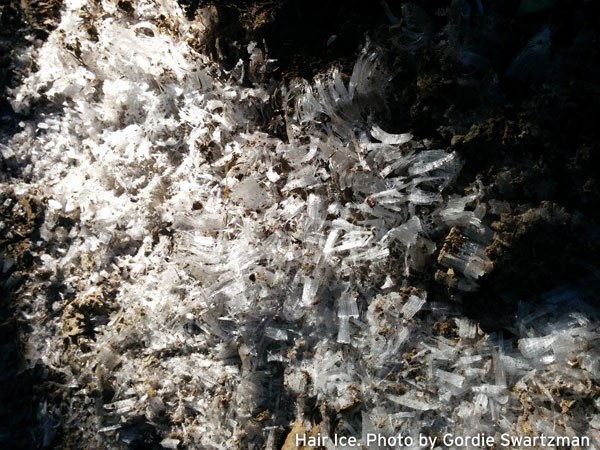
We all know about the therapeutic value of spending time in nature - but nobody practices it better than Mountaineers. Read more…
Snow Spelunk - Cave Explorations on Mount Hood
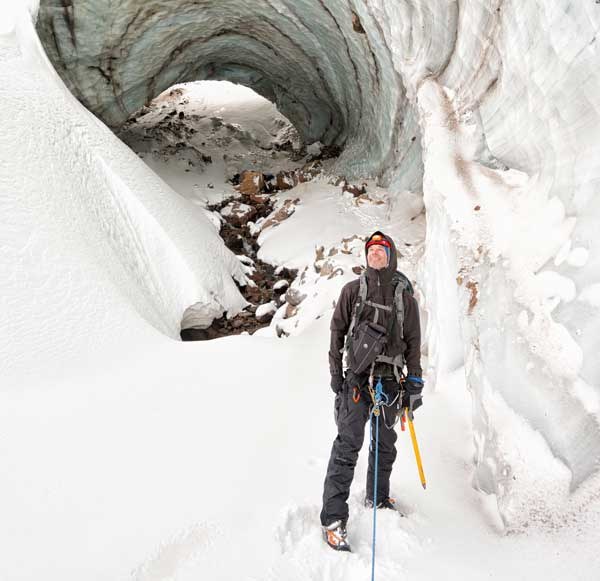
As he stood at the mouth of Pure Imagination, a newly discovered ice cave on Mt. Hood’s Sandy Glacier, Tyler Jursain felt apprehension. “I don’t even know if we’re welcome here,” he thought, glancing to his partners Dave Perez and Erik Chelstad. They had been planning this trip for months, and now he stood feet from the final destination. Read more…